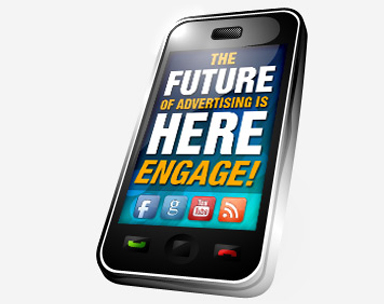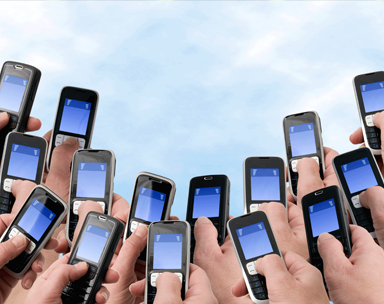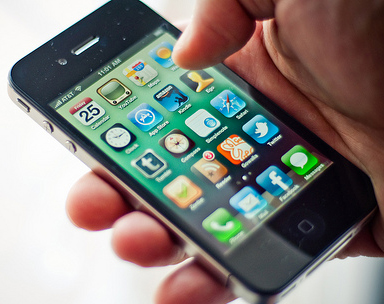So what's this all about?
Mobile marketing is marketing on or with a mobile device, such as a smart phone. Mobile marketing can provide customers with time and location sensitive, personalized information that promotes goods, services and ideas.
SMS Marketing
Marketing through cellphones' SMS (Short Message Service) became increasingly popular in the early 2000s in Europe and some parts of Asia when businesses started to collect mobile phone numbers and send off wanted (or unwanted) content. On average, SMS messages are read within four minutes, making them highly convertible.
MMS
MMS mobile marketing can contain a timed slideshow of images, text, audio and video. This mobile content is delivered via MMS (Multimedia Message Service). Nearly all new phones produced with a color screen are capable of sending and receiving standard MMS message. Brands are able to both send (mobile terminated) and receive (mobile originated) rich content through MMS A2P (application-to-person) mobile networks to mobile subscribers. In some networks, brands are also able to sponsor messages that are sent P2P (person-to-person).
Good examples of mobile-originated MMS marketing campaigns are Motorola's ongoing campaigns at House of Blues venues, where the brand allows the consumer to send their mobile photos to the LED board in real-time as well as blog their images online.






